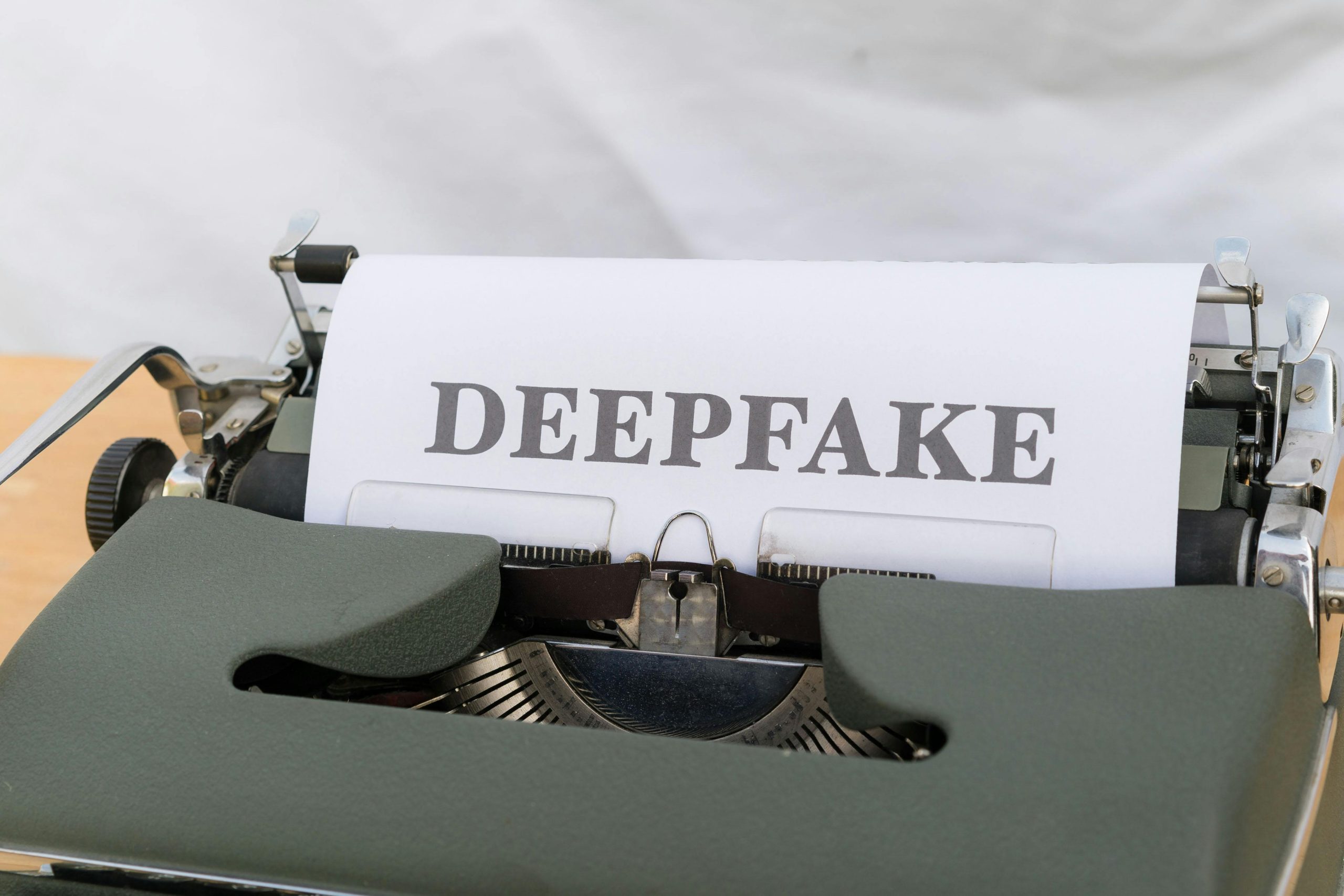The Evolution of Deepfake Technology: AI Can Now Mimic Heartbeats
In the ever-evolving world of Artificial Intelligence, new developments continue to challenge the boundaries of digital content. Recent findings from a research team in Berlin have revealed a groundbreaking advancement in deepfake technology, showing that AI can now produce not just realistic videos but also the subtle nuances of “heartbeats” that deepfake detection systems depend upon.
Traditionally, deepfake detection methods utilized these heartbeats—minute visual and audio cues—to identify manipulated media. However, the latest research indicates that AI’s capacity to generate these signals is improving at an alarming rate. This breakthrough raises significant concerns about the effectiveness of current detection techniques, as the ability to mimic such critical features complicates the battle against misinformation and digital deception.
As we delve deeper into this technological landscape, it becomes increasingly clear that the arms race between deepfake creators and detection systems is far from over. The potential misuse of this technology necessitates heightened awareness and innovative solutions for safeguarding authenticity in digital media. This topic is crucial for all stakeholders—from tech companies to policymakers—as we navigate the implications of advanced AI capabilities on society at large.










Leave a Reply